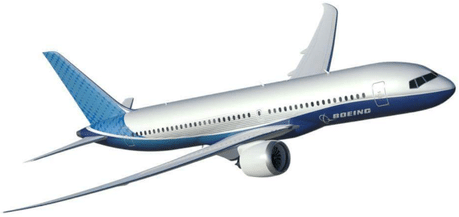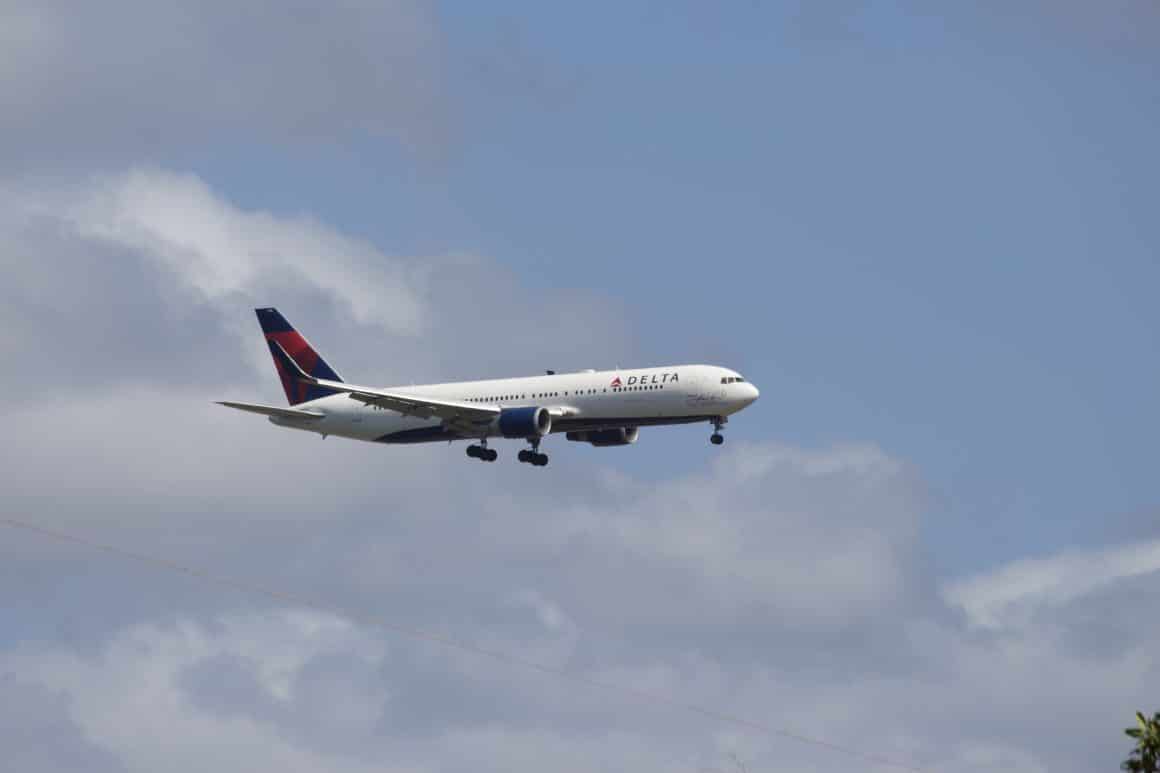
Boeing 767: A Resilient Design
The Boeing 767 first flew in 1981. It is design that is approaching 40 years old. Yet the design has been remarkably resilient over the years. The original intent of Boeing’s 787 was to replace the larger 767 fleet. To an extent, this is happening. American Airlines is set to retire their 767 fleet by the end of 2020. They are replacing the jet with the 787-8, providing a better passenger experience with lower operating costs, and slightly increased capacity. Other airlines like Delta and United have upgraded their 767 fleet to include new business class experiences and fresh interiors.

While some airlines are slowly retiring their fleet, there are still a number of operators flying the jet worldwide. In fact, the last passenger 767 was delivered in 2016. Additionally, the aircraft is still in production with large backlogs for cargo operators UPS and FedEx. Boeing also has a large contract for 179 of the ‘frankentanker’, the KC-46 for the Air Force. (It’s called a ‘frankentanker’ because it has 767-200 fuselage combined with a 787-like cockpit, and wings from the 767-300 version). In short, Boeing currently has a backlog of over 100 orders that stretches well into the next decade at current production rates.

Three reasons why A Re-engined Boeing 767 Makes Sense
With the technologically advanced 787 in Boeing’s portfolio, many wonder why a re-engined 767 would make much sense. The answer lies in the fact that an upgraded 767 represents a low-cost way for Boeing to provide enhanced economics without significant risk. We dig into three reasons why this option is pretty attractive for Boeing on the next page.

Loved the article!!
Let’s call it “767MAX” and throw it right into the sea.. As stated, this is a 40 years old design. Slightly younger than the 737, on which the 737MAX is based. Don’t you think an “NMA” should have the “new” in it?
A 767X, using the latest generation engines (leveraging the effort to modify the GEnx engines for the 747-8), the 767-400ER wing and landing gear (to provide greater ground clearance), the 787 cockpit from the KC-46 tanker, and an appropriate fuselage length (likely the -300), along with aerodynamic improvements and material improvements (more composites, more use of aluminum lithium alloys) could offer an aircraft between the size of the Airbus A321neo XLR and the 787-8/A330-800 class aircraft, but considerably more range than the A321XLR’s ~4,000nm.
could be…….
I think that Boeing has such poor management, a toxic leadership culture, has lost their way, and pretty much lost its ability to innovate, this may be their only option. I loved the 767-300/400’s and would like to see some new engines, and some new winglets, along with all the goodies inside.
I think the board is going to be a little gun shy about a 767MAX. I also think that it’s exactly this kind of “it will save us a ton of money” thinking that got Boeing into the fix that it is in. They should focus on designing the most advanced, most efficient, highest quality, safest plane they can possibly build.